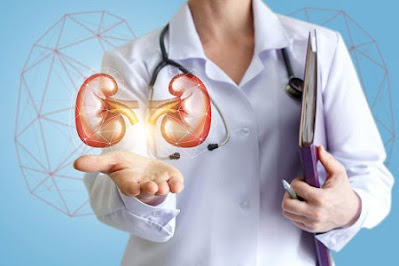The rising frequency of chronic kidney disorders is expected to propel the worldwide nephrology and urology devices market forward. According to the study, 'Risk Factors and Rate of Progression of CKD in Children,' published in Kidney International Reports in June 2019, 38 percent of children developed chronic kidney disease progression within two years of follow-up. Furthermore, the growing demand for minimally invasive and non-invasive treatment procedures for urological illnesses such as urinary stones, incontinence, and benign prostatic hyperplasia (BPH) is fueling market expansion.
On the other hand, product recalls are also projected to restrict the growth of the global nephrology and urology devices market. For instance, in May 2020, The U.S. Food and Drug Administration designated Applied Medical’s recall of three latex balloon catheters as a class 1 recall, the most serious kind, which will affect 19,400 catheters (Python embolectomy catheters, Bard embolectomy catheters, OTW Latis cleaning catheters).
In July 2020, the U.S. Department of Health and Human Services (HHS) and the American Society of Nephrology (ASN) announced the six winners of the US$ 3 million KidneyX: Redesign Dialysis Phase 2 competition during the virtual KidneyX Summit
In August 2020, Medtronic plc received the U.S. FDA approval for its InterStim Micro neurostimulator and InterStim SureScan MRI leads for the treatment of patients with bladder and bowel control conditions
In August 2020, Dornier MedTech, a developer of non-invasive Extracorporeal Shockwave Lithotripsy (ESWL) technology, introduced UroX, a community that connects professionals from various disciplines to cultivate innovation and solve the most pressing challenges in urology
Because of the expanding ageing population, which is increasing the frequency of chronic kidney illnesses, North America is predicted to dominate the worldwide nephrology and urology devices market. According to the United States Census Bureau, the elderly population in the United States is predicted to reach 77 million by 2034.
The demand for modern Nephrology and Urology devices has increased dramatically as medical research and technology have evolved. The rapidly rising popularity of end-stage renal disease and kidney failure, rising health-care expenditure in advanced developed countries, an increase in medical tourism, an increase in people's life expectancy, and a variety of other factors are expected to fuel this brisk market in the coming years. This is a rapidly expanding sector in the field of medical science that has yet to incorporate new techniques and technologies to improve the lives of patients.



No comments:
Post a Comment